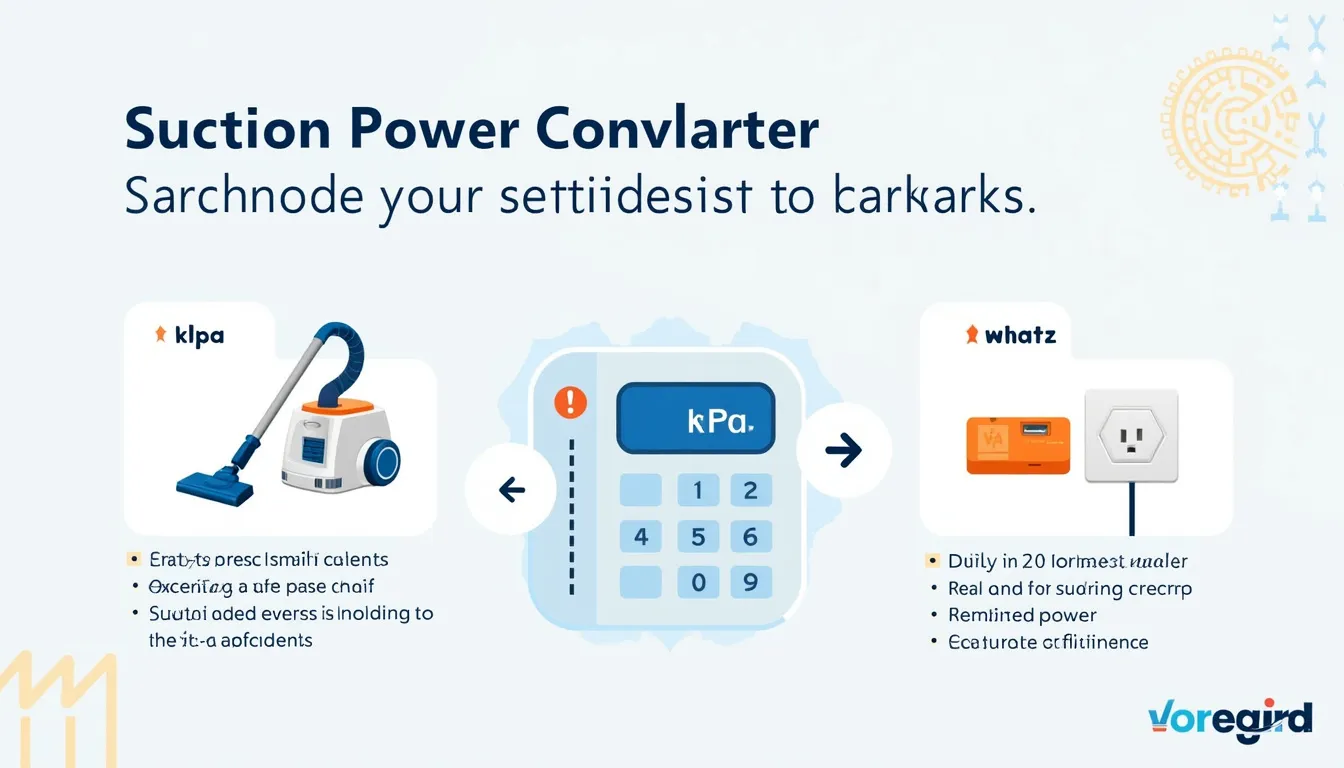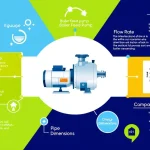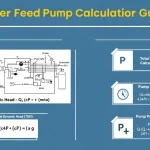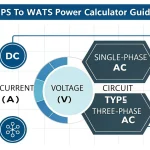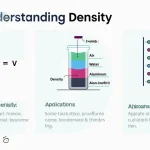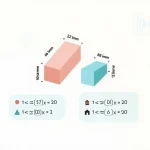Is this tool helpful?
How to use the tool
- Step 1 – Enter suction pressure: Type the value in kilopascals, e.g., 18.3 kPa or 42 kPa.
- Step 2 – (Optional) Enter flow rate: Add the airflow in cubic metres per second, e.g., 0.05 m³/s or 0.09 m³/s.
- Step 3 – Convert: Press Convert to receive power in watts.
- Step 4 – Read the result: • If both fields are filled, the tool uses the full formula. • If flow is blank, it multiplies kPa by 20 for a quick estimate.
Underlying formula
The mechanical power drawn by airflow is
$$ P = \Delta p \times Q $$- P – power (W)
- Δp – pressure difference (Pa); 1 kPa = 1000 Pa
- Q – volumetric flow rate (m³/s)
When Q is unknown, the calculator applies the industry shortcut:
$$ P \approx 20 \times (\text{kPa}) $$Example 1 – Known flow rate
- Input: 18.3 kPa and 0.05 m³/s
- Convert pressure: 18.3 kPa × 1000 = 18 300 Pa
- Compute power: 18 300 Pa × 0.05 m³/s = 915 W
Example 2 – No flow rate
- Input: 42 kPa
- Estimate power: 42 kPa × 20 = 840 W
Quick-Facts
- Formula P = Δp × Q comes from fluid-power basics (White, 2011).
- 1 kPa equals 1000 Pa (ISO 21360, 2012).
- Typical home vacuums pull 15-25 kPa (Dyson V15 Spec Sheet, 2023).
- Average household airflow ranges 0.04-0.07 m³/s (Consumer Reports, 2022).
- EU limits new vacuums to ≤ 900 W input for efficiency (EU Regulation 666/2013).
FAQ
What does this converter output?
It returns suction power in watts so you can compare vacuum cleaners on a single, familiar scale.
How do you calculate power when I supply flow rate?
The script multiplies pressure (Pa) by flow rate (m³/s) to give watts, following basic fluid power law (White, 2011).
What if I only know kPa?
The tool multiplies kPa by 20. This shortcut mirrors average consumer-vacuum airflow of 0.05 m³/s (Consumer Reports, 2022).
Is the 20× rule accurate?
It yields ±20 % error for most household units; always use real flow data for engineering tasks (ISO 21360, 2012).
How do results compare with “air watts”?
Air-watts include specific test nozzles; direct Δp × Q gives raw mechanical power, typically 5-10 % higher (Dyson V15 Spec Sheet, 2023).
Does altitude change the conversion?
Higher altitudes lower air density and flow, reducing true power by about 10 % per 1 000 m (NASA Atmosphere Model, 2016).
Why quote kPa instead of watts?
Manufacturers measure pressure easily; power needs extra airflow data and lab rigs (ISO 21360, 2012).
How can I measure flow rate at home?
Use an anemometer in the hose and multiply velocity by nozzle area; many DIY kits cost under $40 (Home Depot Product Sheet, 2023).
Important Disclaimer
The calculations, results, and content provided by our tools are not guaranteed to be accurate, complete, or reliable. Users are responsible for verifying and interpreting the results. Our content and tools may contain errors, biases, or inconsistencies. Do not enter personal data, sensitive information, or personally identifiable information in our web forms or tools. Such data entry violates our terms of service and may result in unauthorized disclosure to third parties. We reserve the right to save inputs and outputs from our tools for the purposes of error debugging, bias identification, and performance improvement. External companies providing AI models used in our tools may also save and process data in accordance with their own policies. By using our tools, you consent to this data collection and processing. We reserve the right to limit the usage of our tools based on current usability factors.
